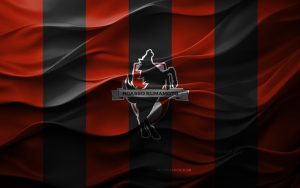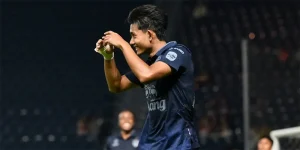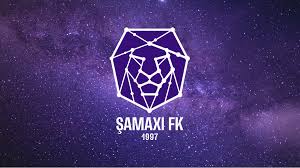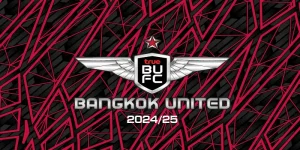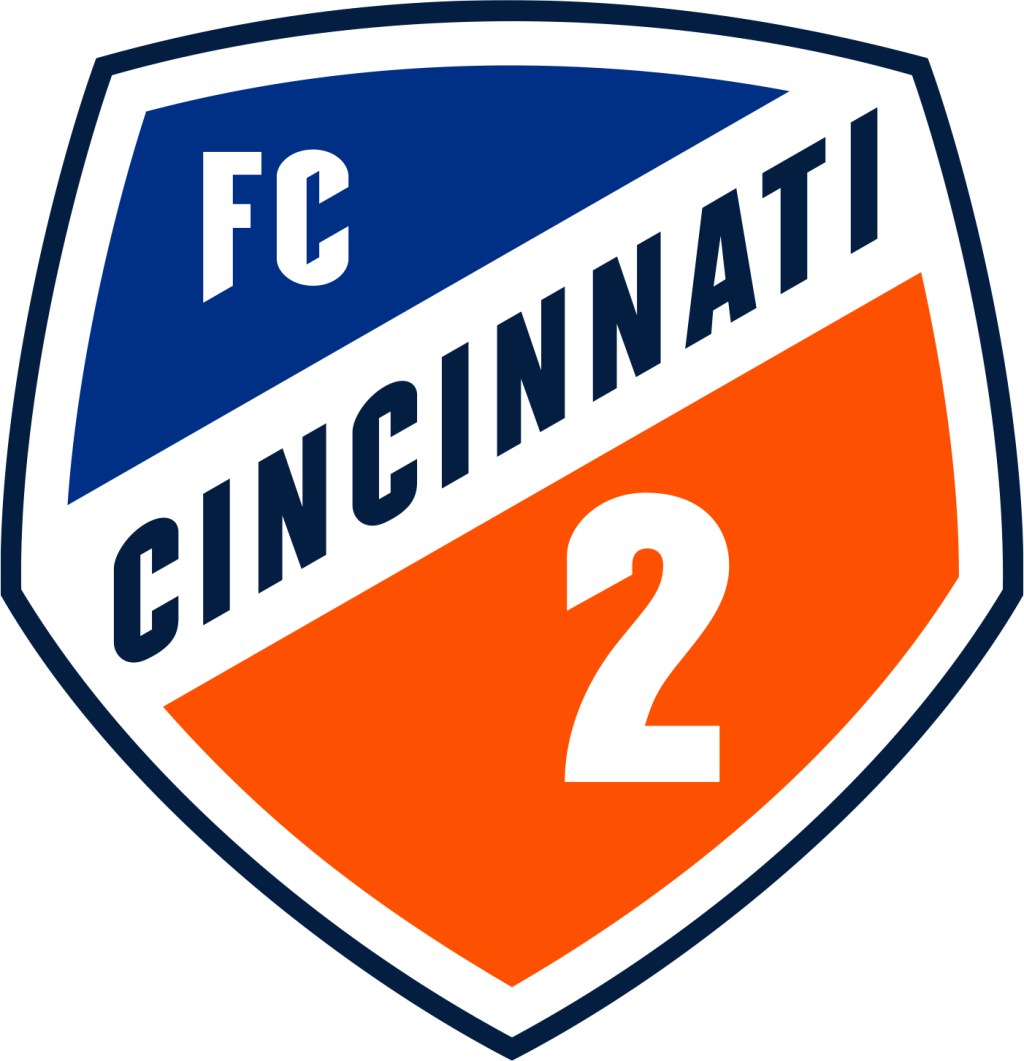
FC Cincinnati II
Participation in competitive leagues is vital for a reserve team’s growth, providing players with real-match experience against varied opponents. FC Cincinnati II competes primarily in the USL League One, which serves as an ideal platform for development due to its balance of competitiveness and developmental focus.
Before discussing league specifics, it’s essential to understand why FC Cincinnati II chose USL League One as its primary competition. Unlike youth leagues or amateur tournaments, this professional environment exposes players to seasoned opponents, tactical diversity, and the physicality of professional football—all crucial for advancement.
The Choice of USL League One: Strategic FC Cincinnati II
USL League One operates as a third-tier professional division in the United States, sitting below MLS and the USL Championship. For FC Cincinnati II, participating in this league provides several strategic benefits https://abc8.ngo/:
- High-Level Competition: Facing experienced teams accelerates player development and exposes weaknesses for targeted improvement.
- Consistent Match Environment: Regular fixtures create rhythm and allow coaches to evaluate progress over a sustained period.
- Scouting and Visibility: Performing well in the league increases exposure for young talents, potentially attracting attention from MLS scouts and other professional clubs.
This choice underscores the club’s commitment to high-quality development rather than competing solely for league standings. The focus remains on individual growth trajectories, with league success serving as a secondary measure.
Structure and Format of the USL League One Season
The USL League One season typically spans from spring to fall, featuring a balanced schedule of home and away games. Each club plays approximately 20-28 matches, with rankings determined by points accumulated through wins and draws. Teams compete across a relatively condensed timeframe, demanding consistency and resilience from players.
This format requires young players to adapt quickly to different environments, manage fatigue, and perform reliably under varied circumstances. Coaches leverage the league structure to rotate squads, give opportunities to emerging talent, and simulate the unpredictability of higher-level competitions.
Player Pathways and Integration with First Team
An effective reserve team must serve as a true pipeline for the main squad. FC Cincinnati II maintains close communication channels with the first-team coaching staff, ensuring smooth integration of promising players. Those who show maturity and skill are gradually introduced to the MLS environment, often through training with the senior team or limited substitute appearances.
Additionally, the club employs a mentorship model where experienced second-team players help younger teammates acclimate to the professional setting. This peer-led approach fosters camaraderie, accountability, and collective growth.
Challenges and Opportunities in League Competition
While USL League One offers substantial developmental advantages, it also presents challenges. The disparity in resources, varying levels of opposition quality, and balancing league commitments with player maturation all require careful management.
However, these challenges also open opportunities—for example, exposing players to diverse tactical systems and cultivating mental toughness. The club is continuously analyzing performance metrics and incorporating feedback loops to optimize training and match preparation.
Data Insights and Comparative Analysis
To better illustrate the competitive landscape, consider this comparison table reflecting key aspects of FC Cincinnati II and other reserve teams in similar leagues:
This table highlights FC Cincinnati II’s positioning within its league context, focusing on development metrics rather than purely results-driven outcomes. It also emphasizes the importance of data-driven decision-making in refining league strategies.
In summary, FC Cincinnati II leverages its participation in USL League One to foster development, challenge players with competitive fixtures, and prepare them for higher levels of professional soccer. This deliberate engagement with the league enriches player experiences and strengthens the club’s overall talent pipeline.
